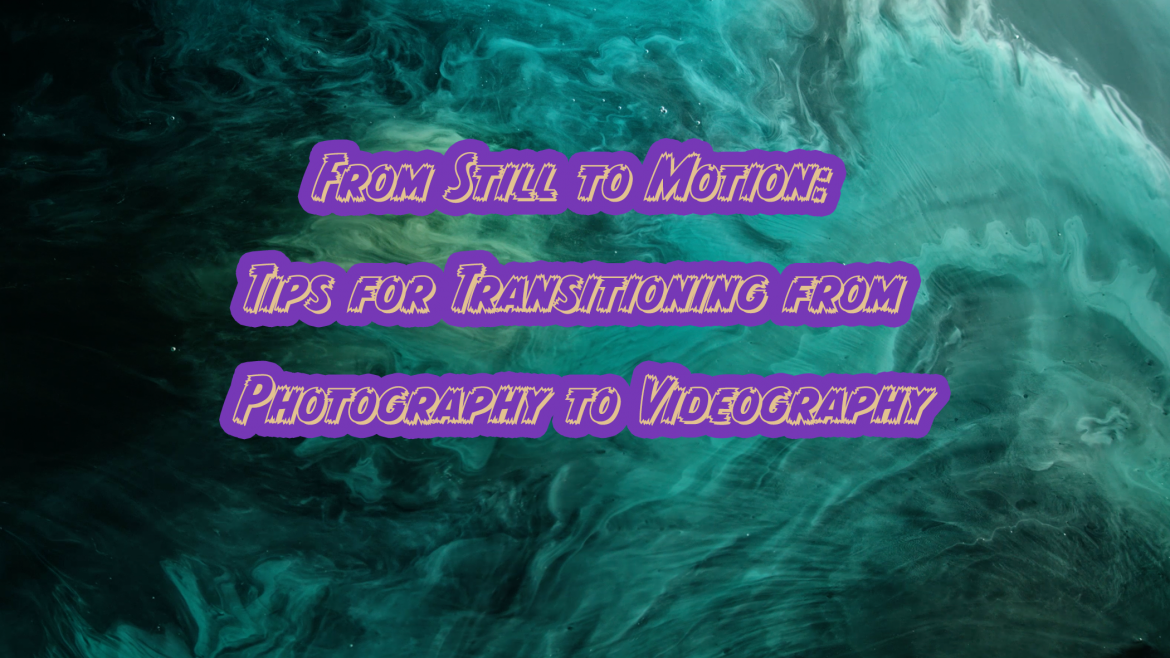
As a photographer, you might be thinking about expanding your skills into videography. Making the transition from photography to videography can seem daunting at first, but it is not as difficult as it may seem. In fact, the two fields share many similarities, and transferring your skills from photography to videography can be a natural progression. In this blog post, we will discuss some similarities and differences between photography and videography, as well as equipment items you will need in videography that are not necessary in photography and vice versa.
Similarities
Firstly, photography and videography share a lot in common in terms of composition and storytelling. Both forms of visual media require a good eye for detail and an ability to tell a story through images. Understanding composition, lighting, and color is just as important in videography as it is in photography. Therefore, your background in photography will give you a solid foundation in these essential skills.
Differences
While there are similarities between photography and videography, there are also some significant differences that you will need to consider. The most obvious difference is that videography requires you to capture motion. This means that you will need to think about camera movement, framing, and pacing in addition to composition and lighting. You will need to consider how your shots will cut together in post-production to create a cohesive story.
Another difference between photography and videography is sound. Unlike photography, videography requires capturing sound. This means you will need to understand microphone placement and how to capture high-quality audio. Audio is often overlooked by beginners, but it is crucial to achieving professional results in your videos.
Equipment for Videography
To get started in videography, you will need some additional equipment that is not necessary for photography. The most obvious is a video camera. A mirrorless camera, camcorder, or DSLR that can shoot video in high quality is an excellent place to start. You will also need a tripod or stabilizer to keep your camera steady when capturing footage. In addition, you will need a microphone to capture high-quality audio. A shotgun microphone that can be mounted on top of your camera or a lavalier microphone that can be attached to your subject is a great choice.
Another piece of equipment you might consider investing in is a dedicated video light. While photography lighting is essential, it is often less critical than in videography, where you need consistent lighting throughout your footage. A dedicated video light will give you the ability to control your lighting and create the atmosphere you desire.
Equipment for Photography
If you are transitioning from videography to photography, you may already have some of the necessary equipment. You will need a camera that can shoot in high resolution and a variety of lenses. In addition, you will need a tripod or monopod to keep your camera steady and a variety of lighting equipment, including strobes, continuous lights, and modifiers.
Transferring your profession from photography to videography is an excellent way to expand your skills and offer your clients a broader range of services. While there are differences between photography and videography, they share many similarities in terms of composition and storytelling. When starting in videography, you will need some additional equipment, such as a video camera and a microphone, but many of the skills you have learned in photography will translate well. With practice and dedication, you can become an accomplished videographer and take your creative work to the next level.
